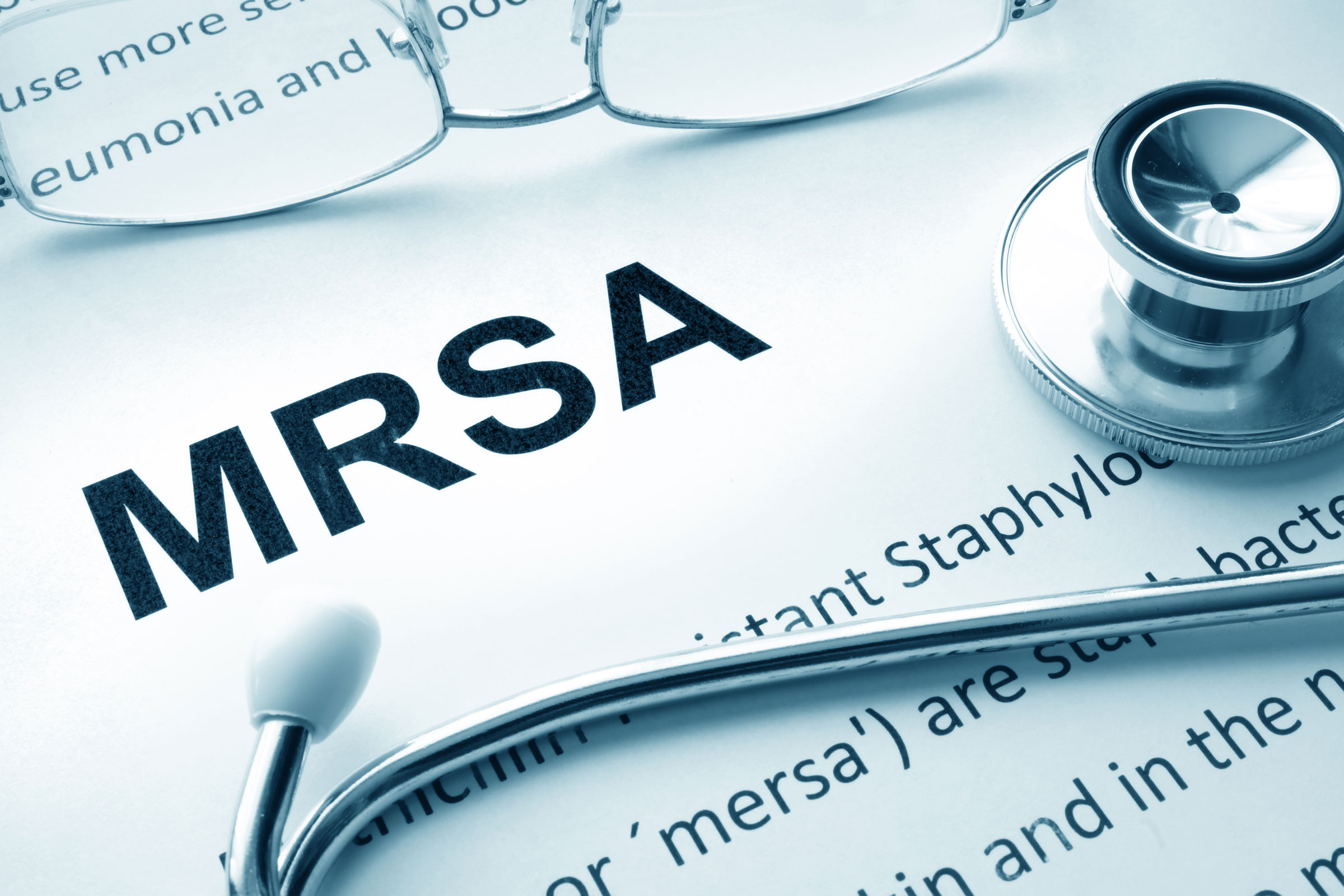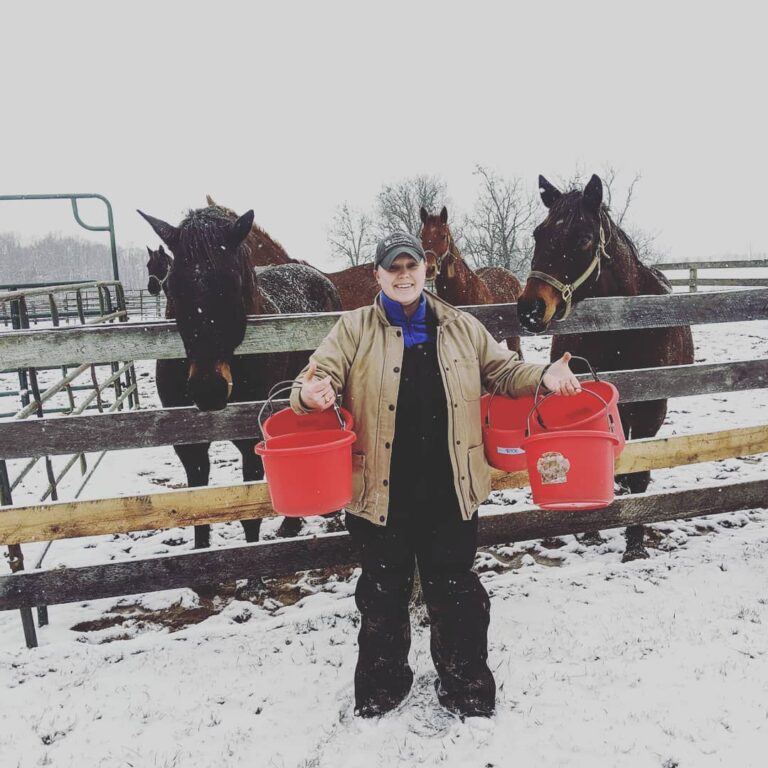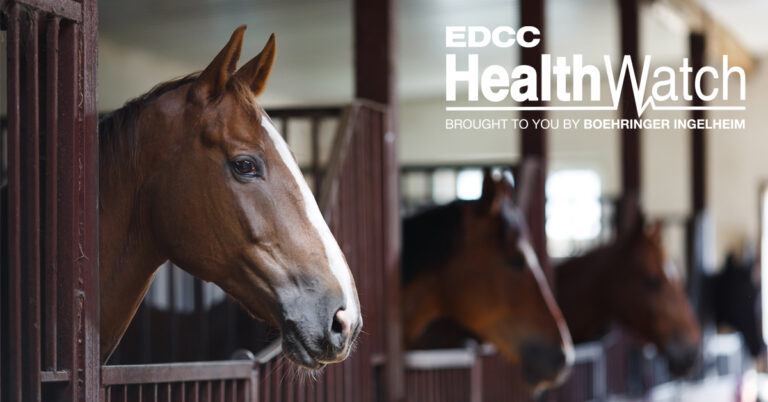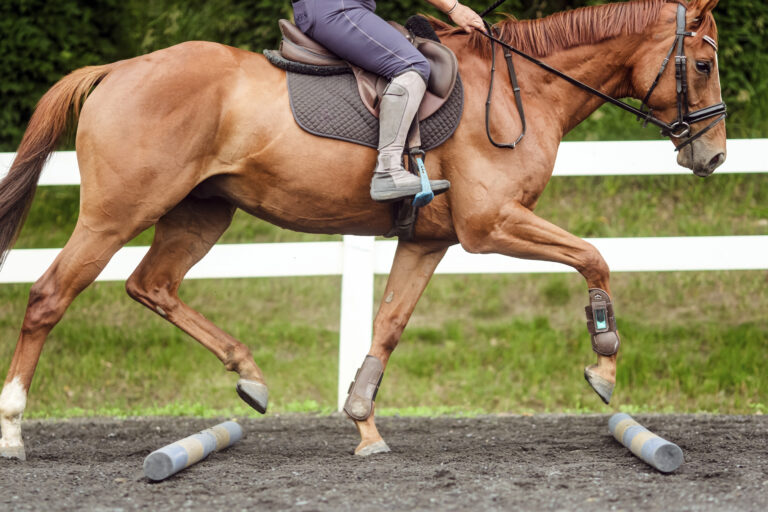
Folks who attended AAEP Convention some years ago might remember having nasal swabs taken to examine if you were carrying MRSA in your nasal tissue. This is a very real concern as an occupational risk for medical personnel working among animal populations.
A Pakistani study evaluated the prevalence of MRSA in horses and humans [Waqar, N.; Amin, Q.; Munir, T.; et al. A cross-sectional study of methicillin-resistant Staphylococcus aureus at the equine-human interface. Tropical Animal Health and Production Apr 2019; doi.org/10.1007/s11250-019-01888-0].
Nasal swabs were taken from 150 horses and 50 personnel working with horses. Of these, 175 nasal swab samples were positive for S. aureus, with 87 positive for MRSA—81 from horses (54%) and six from humans (24%). While general MRSA prevalence throughout worldwide horse populations is estimated from 0.6%-4.7%, horses in veterinary hospitals are reported to have a higher prevalence of 5.8%-12%.
Based on multiple studies across the equine industry worldwide, it is important that equine practitioners recognize this occupational risk.
The authors stated: “Appropriate biosafety measures should be adopted to avoid animal to human transmission of MRSA, including identification and isolation of infected animals, proper cleaning and disinfection of contaminated environments.”









